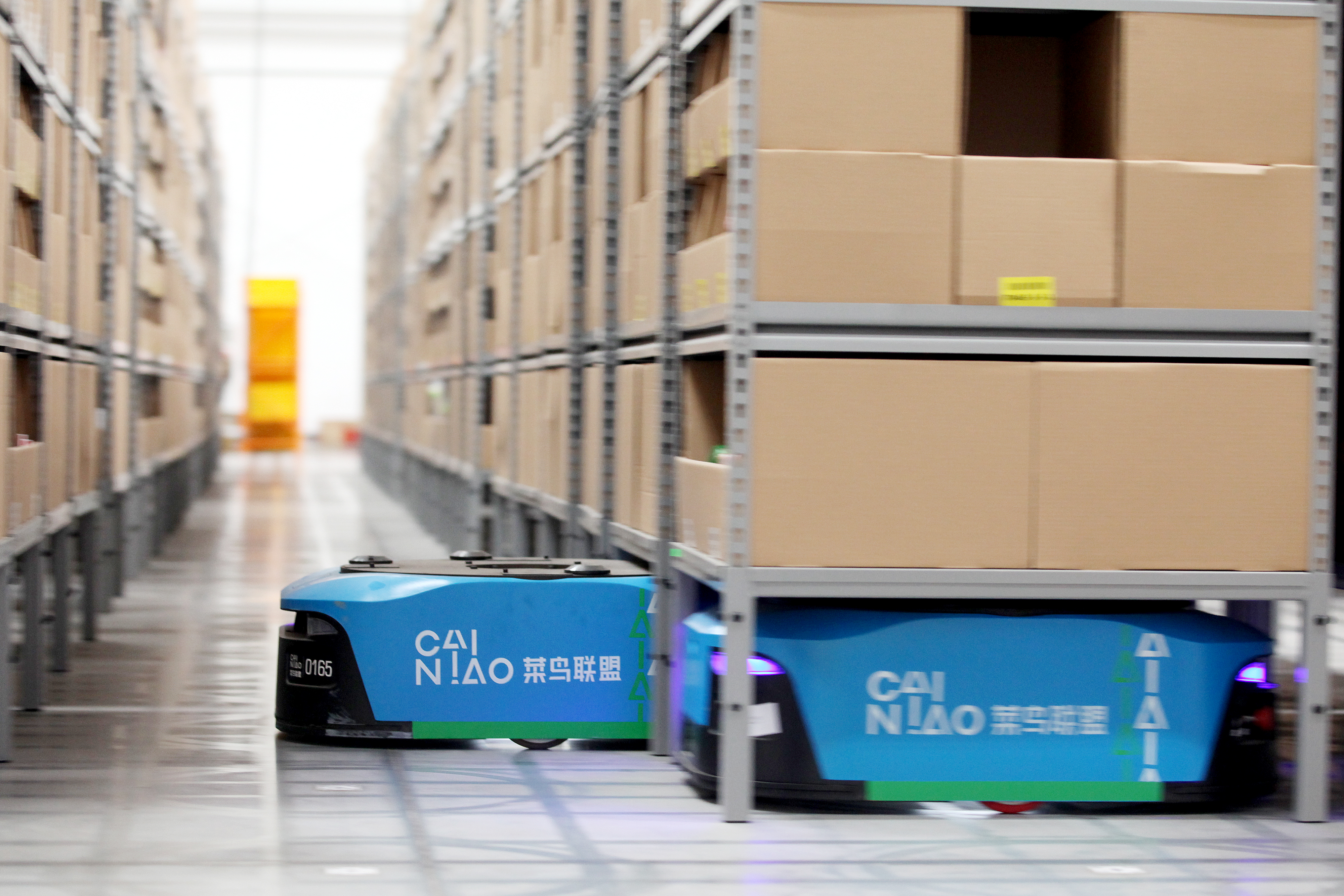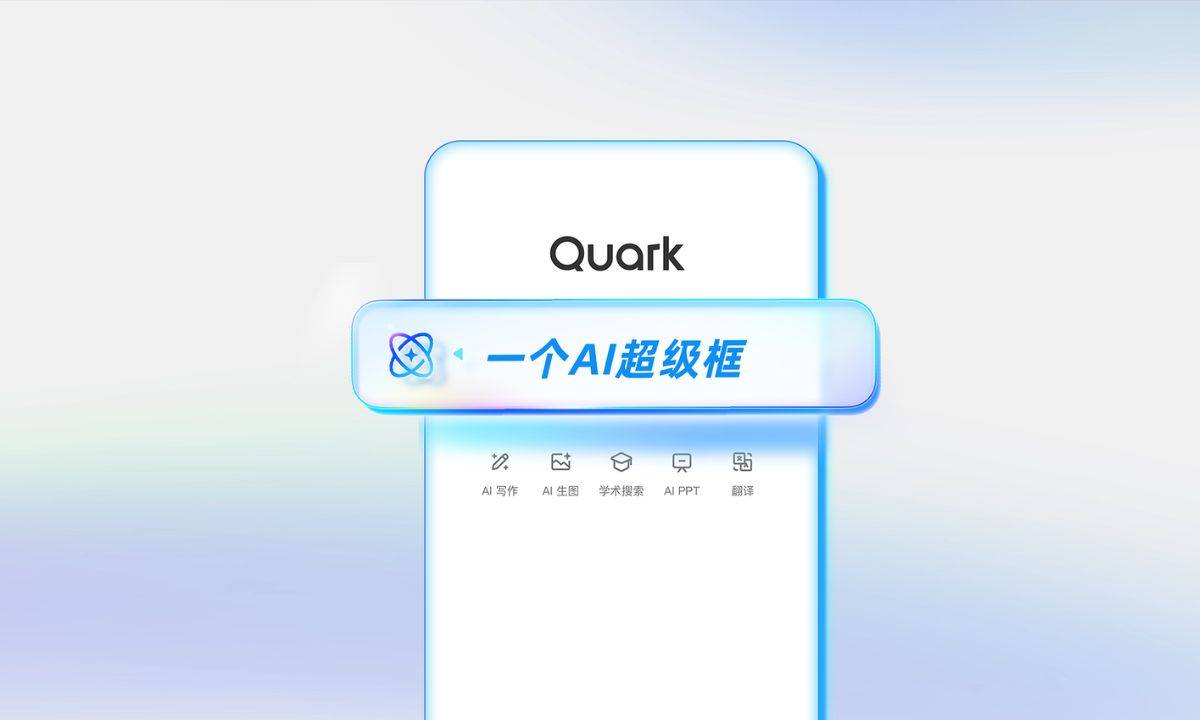
When the clock struck midnight on 11.11, the biggest shopping day on earth had come to an end. For most people, anyway.
But for Cainiao Network, the logistics affiliate of Alibaba Group, it was only the beginning. The 812 million delivery orders generated in those 24 hours—also a record, up 23 percent from last year’s 657 million—had to be shipped to consumers.
In addition to the record volume of delivery orders, Cainiao also set records for delivery times. The first package arrived, to a customer in Shanghai, within 12 minutes of kickoff. That beat last year’s 13 minutes. And at the three-day mark, the first 100 million shipments had reached their destination, a half-day faster than 2016 and a big leap from the nine days it took in 2013. How did Cainiao pull it off? Chief Technology Officer Ben Wang spoke to Alizila about “delivering” for Alibaba and its customers.
Frontline Fulfillment Centers
These last-mile facilities, which were established in all Tier 1 and Tier 2 cities in China, played a key role, said Wang. Alibaba leveraged its wealth of consumer insight to predict which products were likely going to be bestsellers in target areas. Goods were then shipped and stored in these locations early on, ensuring the fastest possible delivery times once shoppers clicked “buy” on Tmall or Taobao.
“Closing delivery distances alone can largely improve the consumer experience,” Wang said.
Fast-moving consumer-goods brands such as P&G were the main users of these fulfillment centers, which reduced shipping times to two hours in some cases. Even at their longest, goods still reached consumers in just two days.
“Ultimately, we want to expand this concept overseas,” Wang said. “Predict which products would sell well in those markets and store them there ahead of time.”
Smoother Cross-Border Shopping
Cainiao this year started working directly with China’s top customs authority, the General Administration of Customs, to speed up what has been “by far the slowest step in the entire logistics process,” said Wang.
Cainiao extended its stress tests ahead of 11.11, which assess its capacity for handling huge amounts of data at peak times, to China’s customs facilities. This helped to make sure consumers had the same experience for cross-border purchases as those for goods shipped from within China.
“[Customs authorities’] attitudes have changed from conservative to open in working with us,” Wang said. “This has to do with 11.11 becoming an internationally recognized brand, but also because they realized working with us to conduct stress tests can help boost their own technical capabilities, just like 11.11 stress tests has for Alibaba.”
AI-Driven Transportation Planning
Artificial intelligence in transportation planning was also critical for ensuring smooth logistics during this year’s 11.11. Cainiao used AI to spot congested roads and then recommend the delivery companies that could distribute products the fastest.
“The world is moving towards a future where decisions are driven by data, rather than experience,” Wang said.
That same AI, by processing vast reams of analytics, could help couriers save up to 30% on unnecessary transportation expenses and maintenancecosts for unused vehicles, he added.
WATCH: An Inside Look at Cainiao’s Intelligent Warehouse
Robot Warehouses and ‘Flexible Automation’
To continue to boost efficiencies, Cainiao wants to increase automation across the board. One way it has done that is by launching an automated warehouse, complete with automated production lines, robotic arms and about a hundred Automated Guided Vehicles. The AGVs, which look like robotic vacuum cleaners, transport loads to freight sorters for packaging.
The warehouse, in Southern China’s Guangdong province, came online in July. Already it can distribute more than a million packages a day to nearby destinations such as Hong Kong. There are plans to roll out nearly a dozen others across China within the next half-year, including in Zhejiang and Hubei provinces.
To meet rapidly changing market demands and advances in technology, Wang said Cianiao’s warehouses are built in line with the concept of “flexible automation.” This allows hardware, such as those AGVs and conveyor belts, to be easily dismantled and reassembled, thereby adjusting warehouse layouts as business imperatives change. The result is a more agile operation that can quickly adapt to change.
“It’s true some things can’t be solved through technology, but technology can solve a lot of problems,” Wang said.



.jpg)
